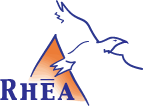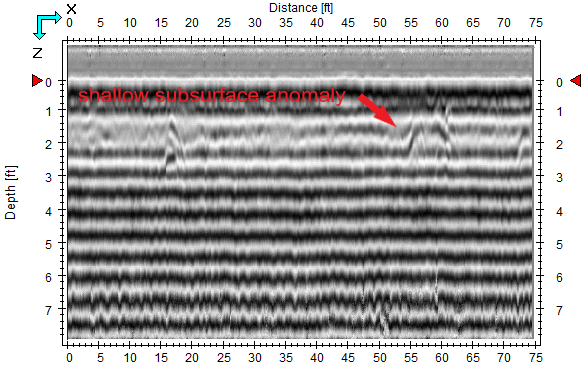
A new cell tower was proposed at a site in Lewisburg, WV that was thought to be near an unmarked historic burial ground. Because the exact location of the graves was unknown, archaeological investigation was required before ground-disturbing construction activities could take place.
Morlunda Tower Site Archaeological Geophysics
Rhea was tasked with identifying potential graves and other archaeological features within a proposed cell tower site in Lewisburg, WV that was thought to be near an unmarked historic burial ground.
The proposed tower site covered a 100 by 100-foot lease area in a field that was known to contain a historic family cemetery. Because the burials did not have markers, their exact location was unknown. To avoid damaging any possible graves, Rhea selected two non-invasive methods to locate possible graves within the lease area and a 50-foot buffer around it. A Geonics EM-38 ground conductivity meter was used to map the variation of shallow electrical properties of the ground. The area was also surveyed using ground-penetrating radar, specifically a MALÅ Geoscience system with a shielded 250 MHz antenna
Rhea identified a number of electromagnetic and buried anomalies within the project area, but none of them showed the distinct characteristics associated with graves. Most were small and shallow, with their tops within one foot of the ground surface. This survey allowed for construction to proceed efficiently, with confidence that the construction activities would not disturb any graves or historic features.
Services: Cultural Resources Management , Geophysics
Industries: Energy + Utilities





